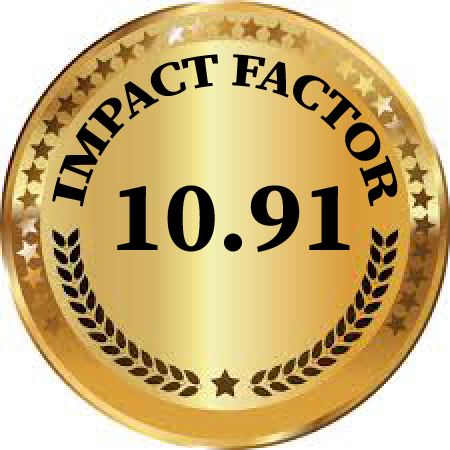CLOSING THE JUSTICE GAP: HOW AI TOOLS CAN MAKE LEGAL HELP AFFORDABLE AND ACCESSIBLE
Abstract
Access to legal services remains one of the most pressing civil justice issues worldwide. In the United States alone, over 80% of low-income individuals face legal problems without adequate representation, a crisis documented by the Legal Services Corporation and echoed across developed and developing countries alike. As traditional legal systems struggle to bridge this divide, artificial intelligence (AI) offers promising solutions. Beyond chatbots and document automation, AI technologies now support everything from virtual legal triage to predictive analytics for pro bono clinics. This article explores how AI-powered tools are reducing cost barriers, increasing efficiency, and scaling access to underserved communities. Drawing from legal scholarship, implementation studies, and NGO fieldwork, it investigates real-world use cases of AI in areas such as eviction defense, immigration, family law, and criminal justice reform. It also addresses concerns about bias, oversight, and digital inequality, offering policy recommendations for ethical deployment. The article concludes that while AI alone cannot eliminate systemic disparities, its strategic use can greatly narrow the justice gap and redefine the delivery of equitable legal aid.
References
1. World Justice Project, Global Insights on Access to Justice (2019), https://worldjusticeproject.org/our-work/research-and-data/access-justice.
2. Debra Cassens Weiss, ‘Legal Deserts’ Leave Millions of Americans Without Access to a Lawyer, ABA J. (July 23, 2020), https://www.abajournal.com/news/article/legal-deserts-leave-millions-without-access-to-lawyers.
3. Georgetown Law Center on Poverty & Inequality, Racial Equity and Access to Civil Justice (2021), https://www.georgetownpoverty.org/.
4. Nat’l Ctr. for State Cts., Family Court Self-Representation Study (2020), https://www.ncsc.org/.
5. DoNotPay, Case Resolution Statistics, https://donotpay.com/learn/case-outcomes (last visited May 17, 2025).
6. JusticeText, Pilot Impact Summary (2023), https://www.justicetext.com/impact.
7. Casetext, CoCounsel AI Deployment Results (2023), https://casetext.com/ai-results.
8. Stanford Legal Design Lab, Evaluating Upsolve (2022), https://legaltechdesign.com/research/upsolve-evaluation.
9. Hello Divorce, Tech-Law Hybrid Case Review (2023), https://hellodivorce.com/report.
10. Illinois Courts, Court Help Assistant Pilot Results (2022), https://illinoiscourts.gov/.
11. Legal Aid of North Carolina, DVPO Automation Outcomes (2023), https://www.legalaidnc.org/.
12. Docketwise, User Impact Survey (2022), https://www.docketwise.com/survey-results.
13. Julia Angwin et al., Machine Bias, ProPublica (May 2016), https://www.propublica.org/article/machine-bias-risk-assessments-in-criminal-sentencing.
14. ABA Center on Innovation, Regulatory Reform and the Unauthorized Practice of Law (2023), https://www.americanbar.org/groups/centers_commissions/center-for-innovation/.
15. Utah Supreme Court, Sandbox Performance Report (2023), https://sandbox.utcourts.gov/performance.
16. Pew Rsch. Ctr., Digital Divide and Legal Technology (2021), https://www.pewresearch.org/.
Legal Services Corporation, The Justice Gap: The Unmet Civil Legal






















